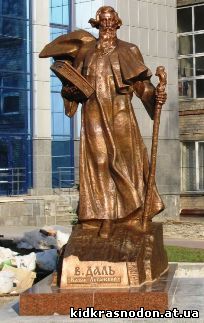PART 1, PART 2, PART 3, PART 4, PART 5, PART 6, PART 7
Fig. 8. The scheme of the surface layer structure of
friction graphitized grey-iron (steel), taking into account the alloying
influence: 1 – lubricated material; 2 –
boundary layer; 3 – secondary structures; 4 – carbides and sulphides have
increased the surface hardness; 5 – phosphides
introduced into the composition of the secondary structures; 6 – graphite
has decrease the specific pressure of contacted surfaces; 7 – products of
interaction (Beilby layer, oxides layer); 8 – textured layer; 9 – deformed
layer; 10 – metal base (initial metal structure); 11 – strengthening of
carbides (а) and phosphides (b) and eutectic due to influence of
carbide- forming elements; 12 – strengthening of structure due to VC, TiC types
of carbides; 13 –influence of graphite phase on the parameters; 14 –
strengthening of the metal matrix due to alloying elements; 15 – appearance of
other structural components (martensite, ferrite etc.); 16 – appearance of
optimal microstructures on the wear surfaces; 17 – intercalated properties of
graphite and others layered compounds; 18 – influence of hydrogen on the
lubricated and lubricated–cooled
materials; 19 – introducing of hydrogen and oxygen to the composition of
the secondary structures.
Fig. 9. Character of material
separation from the surface of friction
× 35 (a); ×. 100 (b).
The viscous matrix is capable of keeping carbides, which can be rubbed into a fragile metal matrix
during friction [27]. The results of X-ray structural analysis and authors’ research
as well as literary data prove that during
friction in a thin working surface layer
the allocation of low dispersion carbides takes place [28]. The viscous metal
matrix that contains proportionally spread
low dispersion of carbides proves the Charpy principle [23] that
promotes the increase of wear resistance.
It is natural that the topography of friction
surface and undersurface layers
essentially depends on the initial cast structure. Figure 10а displays an image of friction
surface of austenitic cast-iron, formed during normal friction mode (without seizure). Figure 10b
depicts layers adjoining the zone of friction (the left part of the
image).











